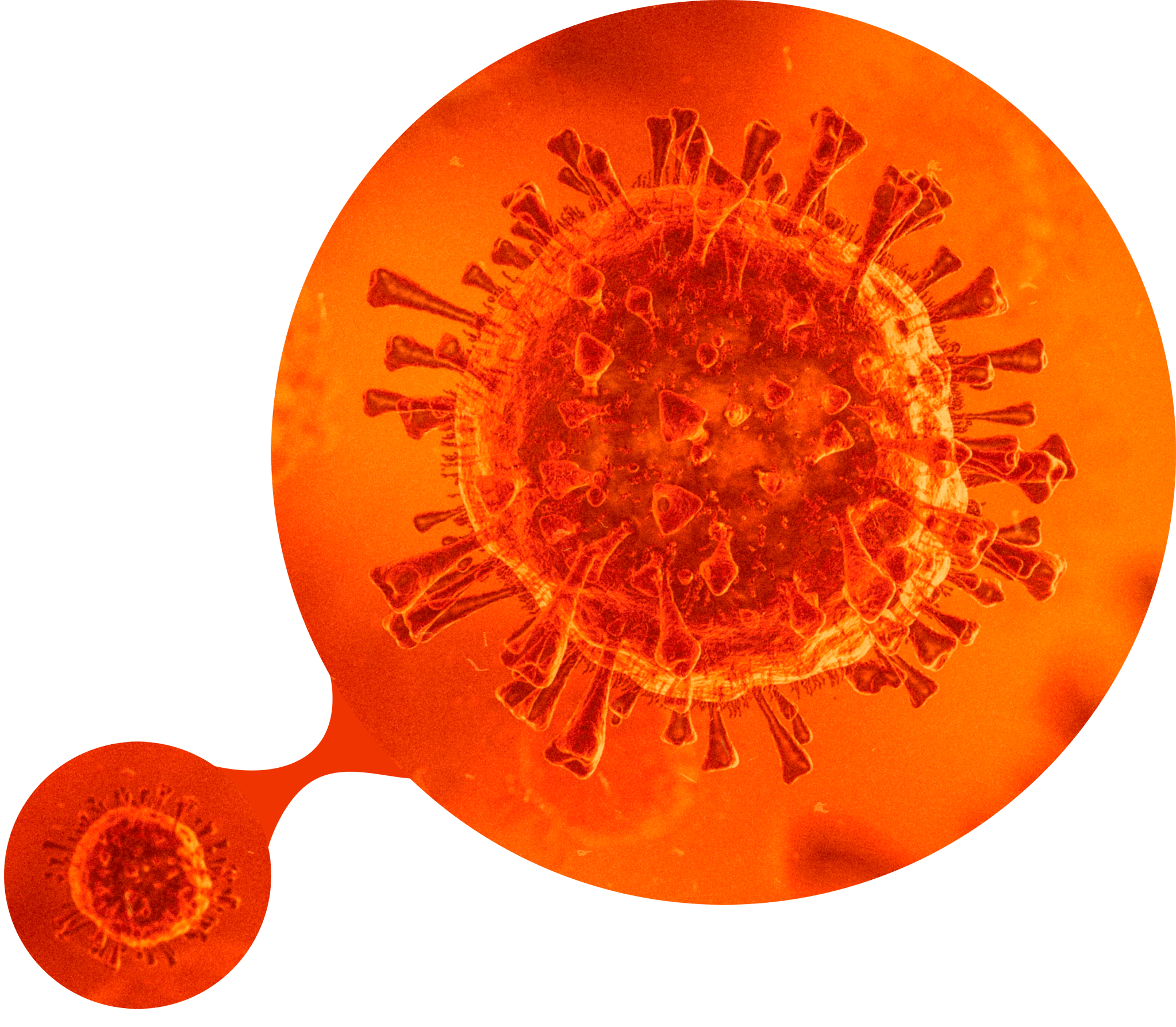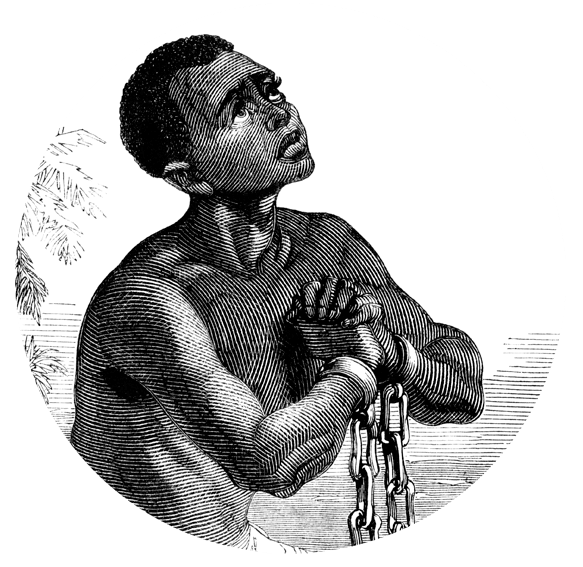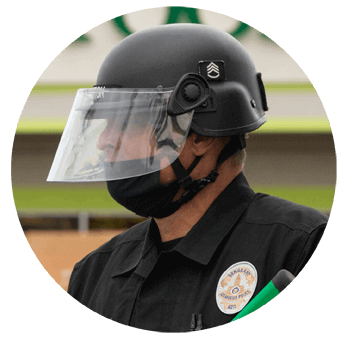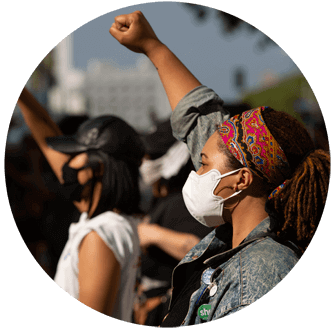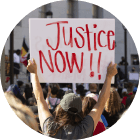Protesters worldwide are in the streets demanding racial equity, social justice and police reform — all while wearing face coverings to slow the spread of a virus infecting millions of people.
The current racial tensions, coupled with the COVID-19 global health crisis, are magnifying social inequities that have compounded for generations.
Cal State Fullerton faculty experts explore not only how the pandemic has exposed systemic racism, but the impact of the protests, and the call to defund and reform law enforcement.

